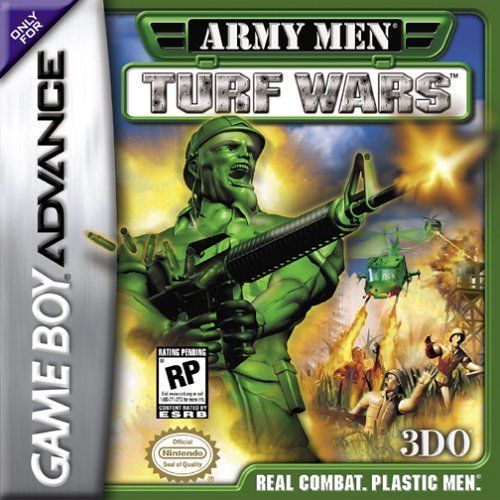
The Game Boy Micro did not make much of an impact in the video game market as it was overshadowed by Nintendo's other portable, the, which also played Game Boy Advance cartridges. The Game Boy Micro also allows the user to switch between several colored faceplates to allow customization, a feature which Nintendo advertised heavily around the Game Boy Micro's launch. This model, dubbed the Game Boy Micro, is similar in style to the original Game Boy Advance's horizontal orientation, but is much smaller and sleeker. Game Boy MicroIn September 2005, Nintendo released a second redesign of the Game Boy Advance.

The switch that controls the light now toggles between 'normal' (which itself is already brighter than the original 's screen), and 'bright', an intense brightness level similar to an LCD television.Game Boy Micro. Around the same time as the release of the, Nintendo released a new backlit version of the SP (model AGS-101). The redesign was intended to address some common complaints about the original Game Boy Advance, which had been criticized for being somewhat uncomfortable to use, especially due to an overly dark screen. It also supports a rechargeable, a significantly brighter screen, and an internal front-light that can be toggled on and off. The accessory allows Game Boy Advance games, as well as Game Boy and Game Boy Color games, to be played on the GameCube. The Japan-only, the first game in what would eventually become known outside Japan as the Rhythm Heaven/ Rhythm Paradise series, was the final first-party-developed title for the system, released on August 3, 2006.Compatibility with other systems An accessory for the, known as the, was released in 2003 as the successor to the peripheral for the. Lastly, in Europe, 2 Games in 1: & was the last game for the system (and also the very last one released on the system overall), released on November 28, 2008. In North America, the last game for the system was, released on February 12, 2008. The packaging of these games feature the disclaimer 'Not compatible with other Game Boy systems'.In Japan, the final game to be released on the system was, released on November 30, 2006, which would also be the final game published by Nintendo on the system. Games produced for the GBA are not compatible with older Game Boy systems. More complex effects such as fuzz are possible by using other equations for the position, scaling, and rotation of each line. On each machine supporting this effect, it is possible to change the scaling and rotation values during the horizontal blanking period of each scanline to draw a flat plane in a perspective projection.

Game Boy games can be played using the same as on the Game Boy Color.Every Nintendo handheld system following the release of the Game Boy Advance SP has included a built-in light and rechargeable battery.The Game Boy Advance 2D graphics hardware has scaling and rotation for traditional tiled backgrounds in its modes 1 and 2 and scaling and rotation for bitmaps in modes 3 through 5 (used less often on the GBA because of technical limitations). When playing Game Boy or Game Boy Color games on the Game Boy Advance, the L and R buttons can be used to toggle between a stretched widescreen format (240 × 144) and the original screen ratio of the Game Boy (160 × 144). Cartridge I/OBackward compatibility for and games is provided by a custom 4.194/8.388 MHz -based coprocessor (Game Boy Advance software can use the audio tone generators to supplement the primary sound system), while a link port at the top of the unit allows it to be connected to other devices using a.


 0 kommentar(er)
0 kommentar(er)
